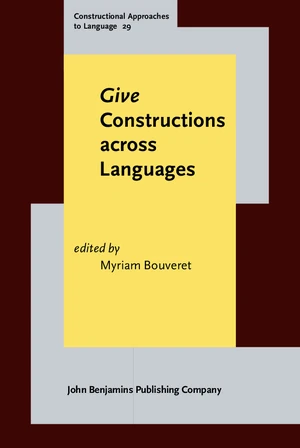Gei, âgiveâ in Mandarin Chinese, has been object of many studies due to its multifaceted properties and its ability to appear in a number of different structures. However, previous analyses focus only on some of all the possible structures where gei appears, while excluding others. In this paper, I aim at tracing a taxonomy of all the gei constructions found in the literature and elicited in questionnaires, and propose a unified analysis of gei that encompasses as many gei structures as possible. I propose an analysis of gei in terms of structure, interpretation and grammaticalization, one that links all the different occurrences of gei considered as one element in different structures. More specifically, I propose that gei is always a predicate whose different positions and interpretations can be seen as different stages of grammaticalization, which make it either a full verb or a weaker predicate. However, all the distinct stages of grammaticalization in which gei appears within a sentence maintain the general sense of âorientationâ (in terms of Paris 1978, 1992). When gei is not a full lexical verb itself, its presence with its âorientationâ general meaning has an effect on the transitivity of the verb that precedes or follows: when preverbal, gei highlights the role of the agent of the verb, when postverbal, gei reinforces the role of the recipient.
Price history
▲32.68%
Jan 26, 2022
€122.25
▼-0.54%
Jan 24, 2022
€92.14
▼-0.08%
Jan 18, 2022
€92.64
▲0.54%
Jan 17, 2022
€92.72
▼-0.06%
Jan 11, 2022
€92.22
▼-0.03%
Jan 10, 2022
€92.28
▲0.74%
Jan 4, 2022
€92.31
▲1.22%
Dec 28, 2021
€91.63
▼-0.13%
Dec 21, 2021
€90.53
▼-0.14%
Dec 14, 2021
€90.65

